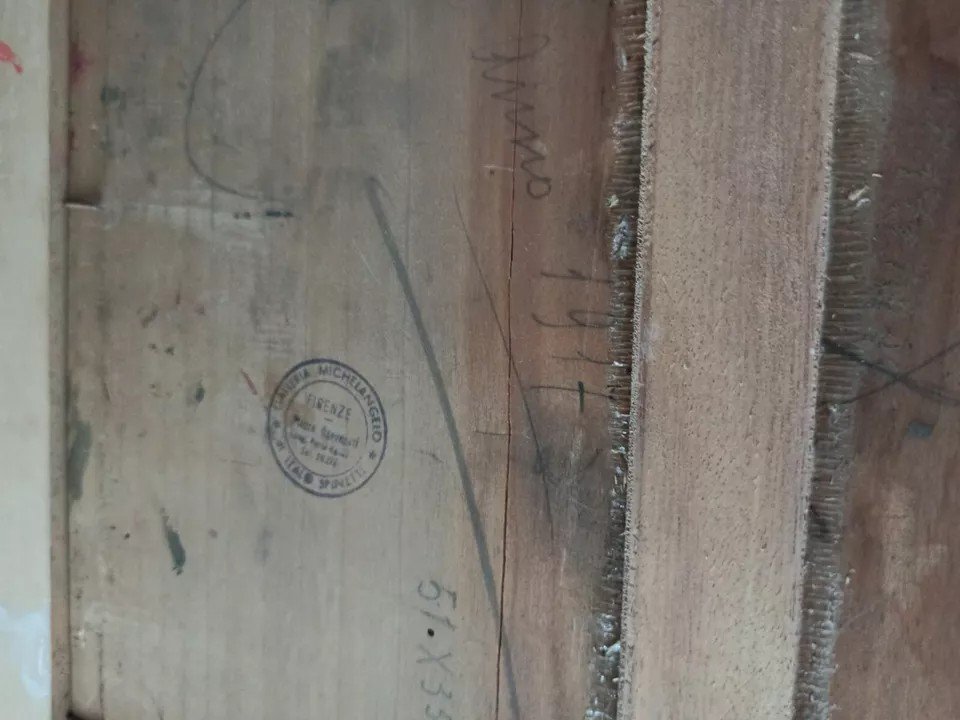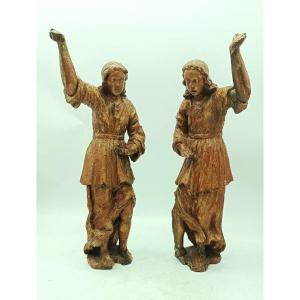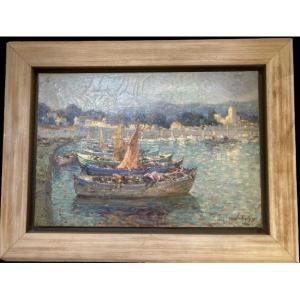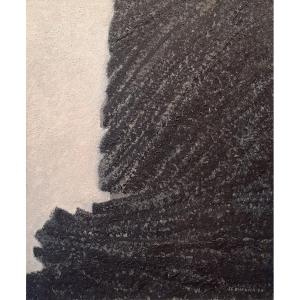oil on panel-
rural scene-
signed on the work and on the back with stamp of the Michelangelo gallery in Florence -
dated 1917-
Original work-
frame size 65x55 work 45x35
He studied at the Academy of Fine Arts in Florence, also becoming a teacher. His initial Macchiaiolo style underwent an evolution only starting from the 1940s.
His painting is imbued with naturalism and seeks above all landscape themes or scenes of everyday life. The countryside is the frequent setting of his paintings, painted en plein air in Maremma or Mugello. The markets of Vicchio are very picturesque and refined, where Rontini shows a nineteenth-century look at a reality rudely projected on daily life. There is no doubt that some of his best works have their roots precisely in this environment and were produced in a period of time ranging from the 1920s to the 1930s, when the artist indicated the year of composition with Roman numerals . [1] as happens somewhat with many Labronian painters of his age. Among his students we remember the native painters of Vicchio Rutilio Muti, Armeno Mattioli and Foresto Marianini.
He was among the founders, in 1920, of the Labronico Group.
Among the exhibitions in which he participated, we remember, among others, the “Fiorentina Primaverile” exhibition of 1922 where he exhibited 3 works[2], the Milan Biennale of 1925 with the work La coltratura[3], as well as the exhibitions of the Group Labronico. In October 2018, an exhibition in his honor was inaugurated by the Livorno Foundation.[4].
He is the grandfather of Pia Rontini, one of the victims of the Monster of Florence, killed in Vicchio in 1984.
A street in Livorno was dedicated to the author.


















































 Le Magazine de PROANTIC
Le Magazine de PROANTIC TRÉSORS Magazine
TRÉSORS Magazine Rivista Artiquariato
Rivista Artiquariato